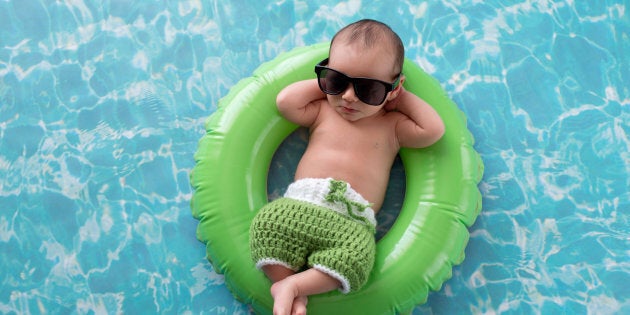
Thinking about heading south with your little one this March Break?
We don't blame you. First of all, winter is miserable, merciless, and endless. That is a known fact.
Second of all, everyone deserves a little rest and relaxation — but no one more than a new parent (and hey, even if your baby refuses to sleep the entire time, at least you're exhausted somewhere warm). Third, and perhaps most importantly, babies look adorable in sunglasses.
But the actual logistics of taking your baby on vacation can be overwhelming to say the least. Where will they sleep? What will they eat? What happens when you're mid-flight somewhere over the Atlantic and baby won't stop screaming and the other passengers stage a revolt and WHY DO YOU EVEN LEAVE THE HOUSE?
Take a breath. We got you.
Here are some expert tips on travelling south with a baby.
1. Do your research when picking a destination
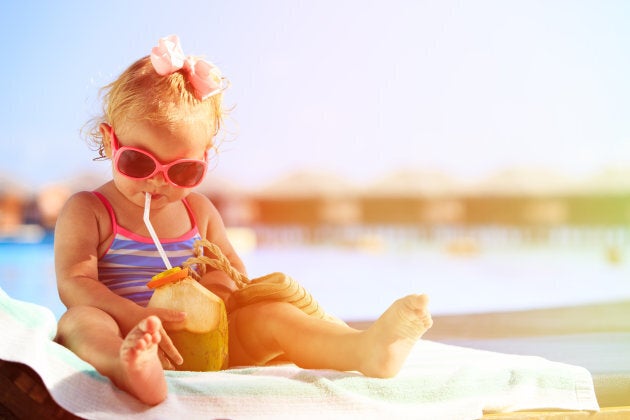
Hey, remember before you had kids and you'd just book a last-minute vacation to anywhere warm (the cheaper the better), throw a few bikinis in your carry-on, and hope you wouldn't get hepatitis?
That's not going to fly anymore. Now you need to consider how child-friendly a resort is, whether a hotel has cribs and high chairs (and you definitely want to confirm that detail before you arrive), the quality of the beach and the pool, whether there's some kind of indoor play option, what time the restaurants open (if your baby enjoys a pre-dawn breakfast), how far the resort is from the airport, and the safety of the drinking water (or what other options exist).
The Canadian government also recommends you avoid areas with a risk of malaria, as children are particularly at risk.
But don't worry, we saved you some time. Here are the top 10 family-friendly resorts in the Caribbean, according to Parents magazine. (Although FamilyVacationCritic.com recommends you consider booking a condo, instead. Hmm ... options!)
2. Visit your pediatrician before you go
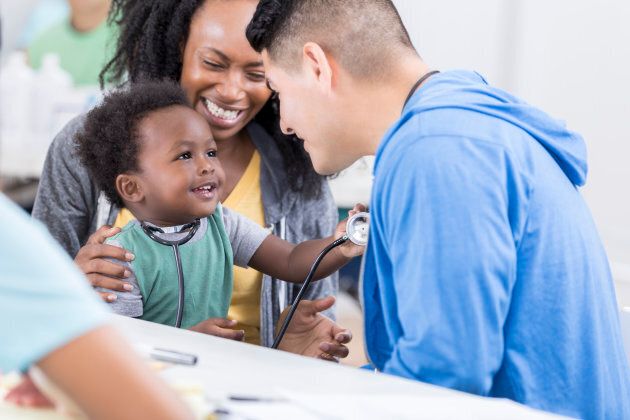
"In general, there is a higher risk for most vaccine-preventable diseases when travelling abroad and these diseases tend to be more severe in children than in adults," the Canadian government says on its website.
They recommend you meet with your health-care provider before you go to discuss your child's routine vaccines, the flu vaccine (since flu season can happen year-round in tropical destinations), and whether travel-specific vaccines are necessary. If you're travelling abroad, make sure you have proof of your child's vaccination record, the Canadian Paediatric Society (CPS) recommends.
Make sure you have all your children's prescriptions filled, too, CPS said.
Your health-care provider can also advise you on what you should do if your little one gets traveller's diarrhea, which is a particular concern in children, the Government of Canada notes.
3. Getting there is half the battle
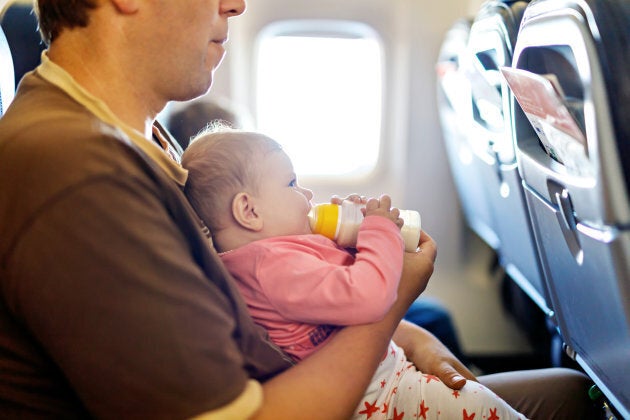
Babies shouldn't fly if they're less than seven days old, according to CPS. So if you were thinking of taking your literally just-born infant to an all-inclusive, we commend your spirit, but ask you to check with a medical professional first.
You should also check with your doctor first if your child has a serious medical condition, including diabetes, CPS said.
In terms of luggage (especially large items such as strollers), check with your airline as rules are constantly changing, CPS noted. Ask about what you can carry on, as well. Don't pack all of your baby's gear in one bag, but spread it out between several, FamilyVacationCritic.com recommends. That way if the airline loses baby's luggage, you're not totally pooched.
As far as the actual flight goes, children are more susceptible to ear pain from pressure changes, the Government of Canada said. They recommend you breast or bottle feed your baby during takeoff and landing to help ease their discomfort. A soother can also provide some relief, CPS noted.
"It's best if your child doesn't fly within two weeks of having an ear infection," CPS said.
4. Yeah, there's more you need to know about flying
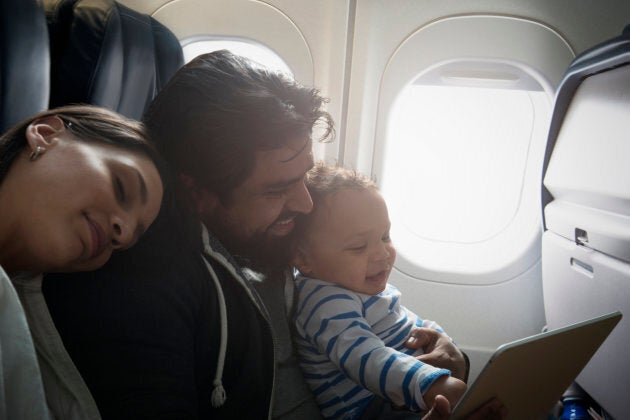
Oh, you thought we were done? HAHAHA let us continue.
Your baby is probably going to want to eat or drink on the flight. Milk, formula, juice, and baby food are only allowed in carry-on baggage if they're stored in small containers, CPS said.
If your child has allergies, you may need a doctor's note to carry his or her EpiPen on board, CPS said. Which you are definitely going to want to do, as you can't control what food other people bring on board.
Some kids get motion sick, especially those between the ages of two and 12, the Government of Canada said. If your child is over two and has had motion sickness before, you can try giving them an over-the-counter anti-nausea medication before the flight, CPS said, but try it out at home first before a long flight as some kids can have reactions to medications.
And yeah, your kid might get bored and act out during the flight. Books, toys, crayons, music and snacks are a good way to keep him or her occupied, CPS said. But NEVER sedate your child with medications.
"They could put your child at risk for breathing problems," CPS said.
5. Other countries might have different safety standards. That doesn't mean you should.
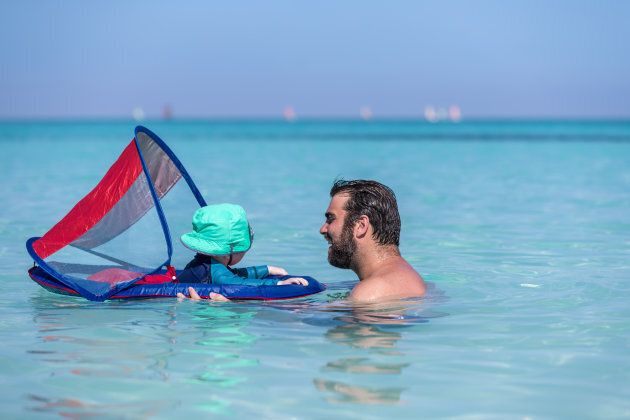
Traffic laws are different all around the world, and that includes the use of car seats, the Government of Canada's website said. Use the same standards that you would at home, and if you plan to do any road travelling, bring your own car seat, they said.
Water safety rules can also differ, but always follow Canada's recommendations, the government noted. Not to put a damper on your vacation mojo, but drowning is one of the leading causes of death in children age one to four.
"Children should always be supervised closely and wear age-appropriate life jackets or personal flotation devices. These are not available in every country so consider bringing one from home," the government said.
Your hotel room might have a great view, but it's likely not going to be baby-proofed. If your baby is a mover and a shaker, bring baby proofing items from home and follow Canadian safety standards wherever possible. FamilyVacationCritic.com recommends packing blue painter's tape for easy, DIY babyproofing.
"Painter's tape is easily removable and can be added to any surface for baby proofing a room. Cover electrical outlets, tape up loose wires and secure any drawers or areas that you don't want baby to explore," they said on their website.
6. Take precautions with food
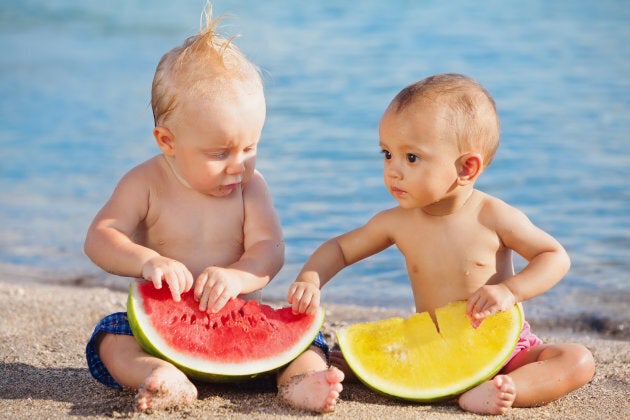
"For infants, exclusive breastfeeding is the best way to prevent food and water-borne diseases," the Government of Canada said.
And boil any water you use to wash bottles, soothers, teething rings and toys, they suggested. If you're feeding your baby formula, make sure you have a kettle in your room to boil water, or consider buying a travel kettle of your own, BabyCanTravel.com recommends.
That's all well and good, but what if you have older babies who enjoy eating actual food? The Government of Canada recommends anyone who travels adhere to safe water and food precautions. But if you're concerned, you may want to pack jars and pouches of baby food, Baby Center recommends.
7. Practice good sun safety
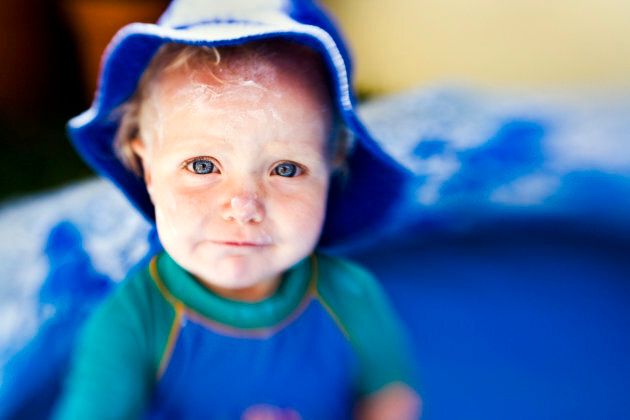
Sunscreen is generally not recommended for babies under six months old, The Hospital for Sick Children (SickKids) in Toronto said in a handout. That means you have to keep them out of the sun as much as possible, dress them in loose, lightweight clothing that provides coverage, and make sure they're wearing a hat, they said.
Children older than six months can wear sunscreen, but make sure it's one that's recommended by the Canadian Dermatology Association, SickKids noted.
All children should wear hats, have limited exposure to sun during peak hours, use a sun shade with strollers, and wear sunglasses, CPS said. They offer many more tips on their sun safety handout sheet.
"Be alert for signs that your child is experiencing heat illness and needs to go inside. These include thirst, fatigue, leg or stomach cramps, and cool, moist skin, which can be a sign of heat exhaustion. Bring your child inside or into a cool, shady area, and offer frequent, small sips of water. Removing extra clothing and fanning can help your child cool down slowly," CPS said.
8. Enjoy yourself! But don't forget about naps
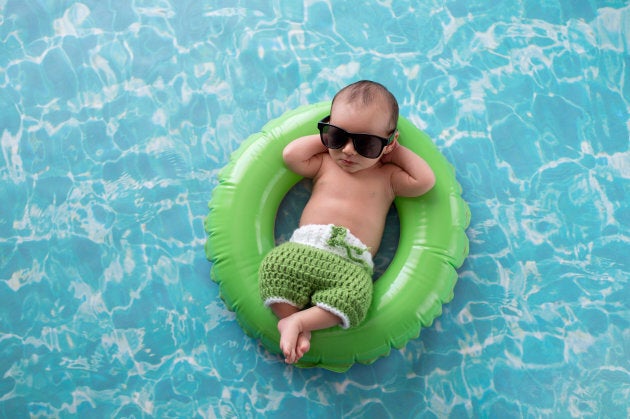
You made it! You took all the precautions, you packed, you flew, you arrived in one piece (more or less), and now it's time to soak up every minute of vacation.
Do it. You deserve it. But in all your excitement to see and do all the things you can't do back home, don't forget about naps — for you and for baby (you'll both be better off for it).
"Rest while baby does if you can, and if you can't, try travelling during that time. A long car ride or busy flight can be a lot easier if baby can sleep straight through it," FamilyVacationCritic.com writes.
And if you're staying in one place, baby's hotel nap is the perfect time for you to slip onto the balcony, recline on a chaise lounge, listen to the waves, open a good book, and do what you really came here for: binge eating guacamole while lying down.
Also on HuffPost: